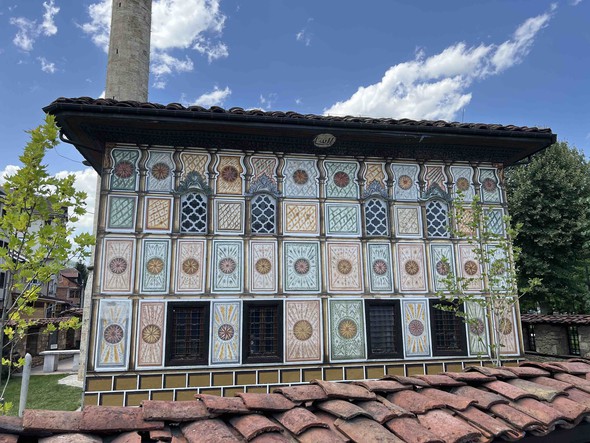All photos in this article were taken by the author
Skopje, the former Greek, Bulgarian, Serbian and then Turkish city, capital of Yugoslavia, Macedonia and then North-Macedonia, was almost completely destroyed in an earthquake in 1963. 120,000 people were left homeless, and the reconstruction (the last phase of which was completed in 2014) was a shambles. It is sometimes too socialist, sometimes kitschy, but certainly not aesthetically pleasing. Despite this, or in combination with it, the city of half a million people has its own bubbly atmosphere, with restaurants selling chevap (the highlight being Destan, founded in 1913), the riverside and the old Turkish bazaar offering Turkish style coffee, Turkish tea, baklava and shisha, the squares filled with snake charmers and street musicians, while I've never bought an iPhone charger as cheaply as I did here. Macedonian (kind of like Bulgarian), Turkish, Albanian and Serbian are the languages you hear most in the streets, the city is full of casinos and the Vardar River has been flowing for centuries, washing the pillars of the medieval stone bridge.
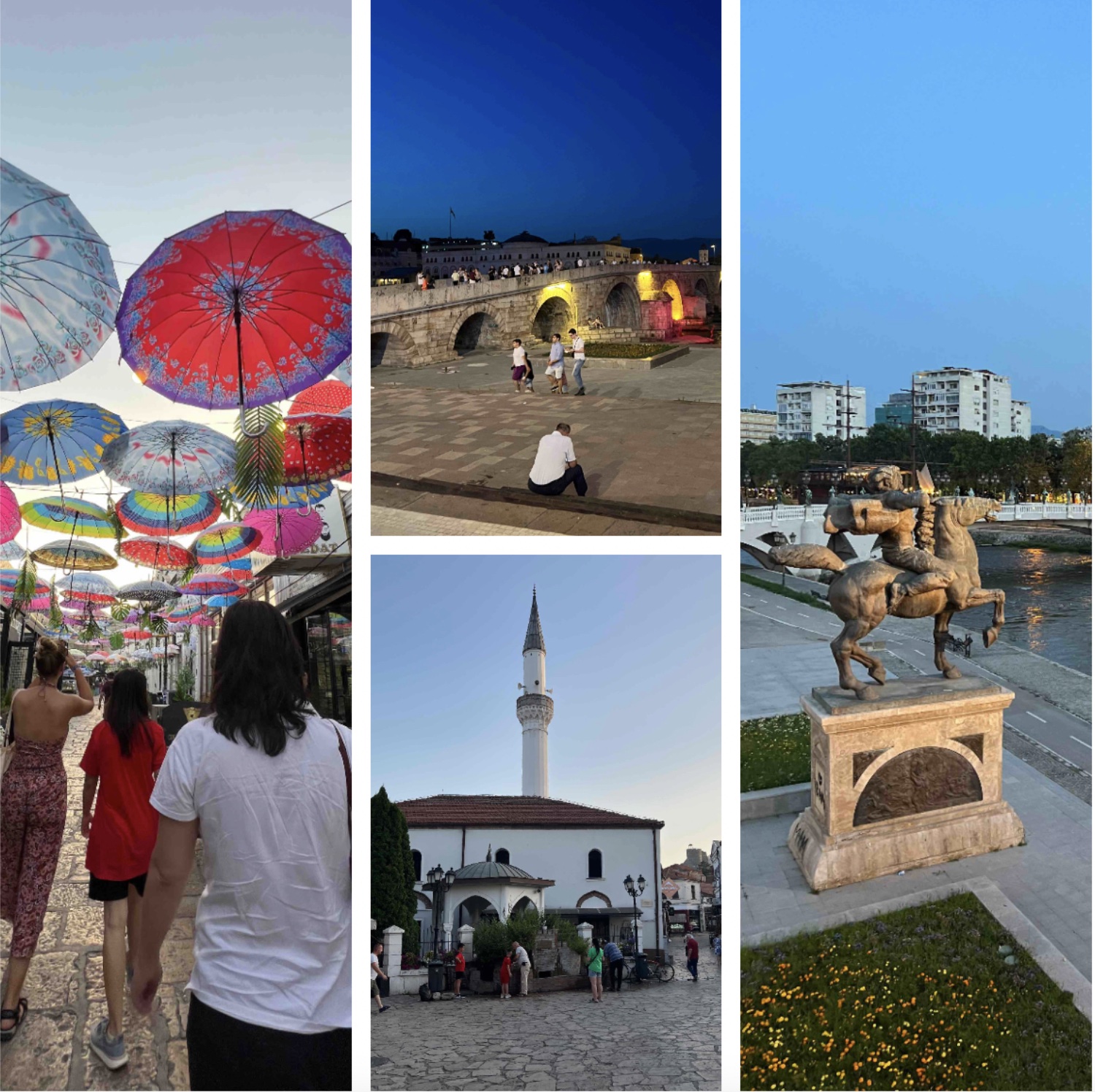
When we crossed the border, the thermometer read 48C, but by evening in Skopje it had dropped to 39C. That's enough to take a quick stroll through the carsija, the Turkish bazaar that survived the earthquake and is one of the largest in its category in the Balkans. Besides the abundance of roasted meat, it is striking that there is even more gold and jewellery, as if all the gold in the Balkans had been washed here by the Vardar River. The winding streets are occasionally broken up by a former caravanserai, Turkish baths or a mosque, the most beautiful of which is perhaps the Isa Bey mosque on the edge of the quarter.
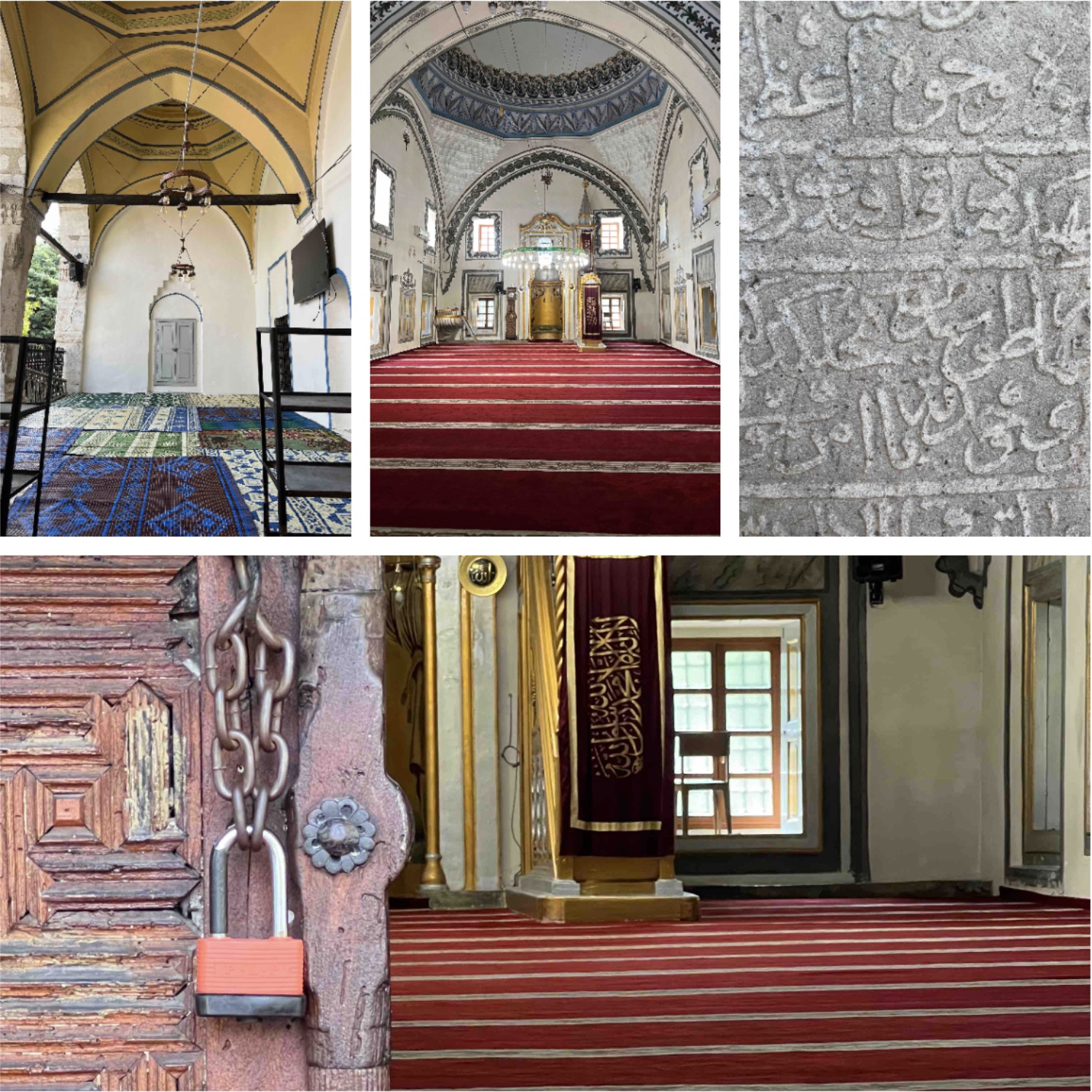
Skopje is an interesting mixture, hovering somewhere on the border between Europe and the fabulous East, as if it had appeared out of a Pamuk book. On the street, women dressed from head to toe in black burkas come into view, their eyes twinkling as they sell the latest bikini collections in the corner shop. When I asked Ivana Simjanovska, one of the best-known Macedonian wine writers of our time, she recommended not only restaurants but also wine bars, including what I thought was the best one, located on the other side of the river in the modern city centre. It was here, at the Wine Berry, that I finally got my Macedonian bottle, which scored 95 points in the 2023 Transylvanian BIWC competition!
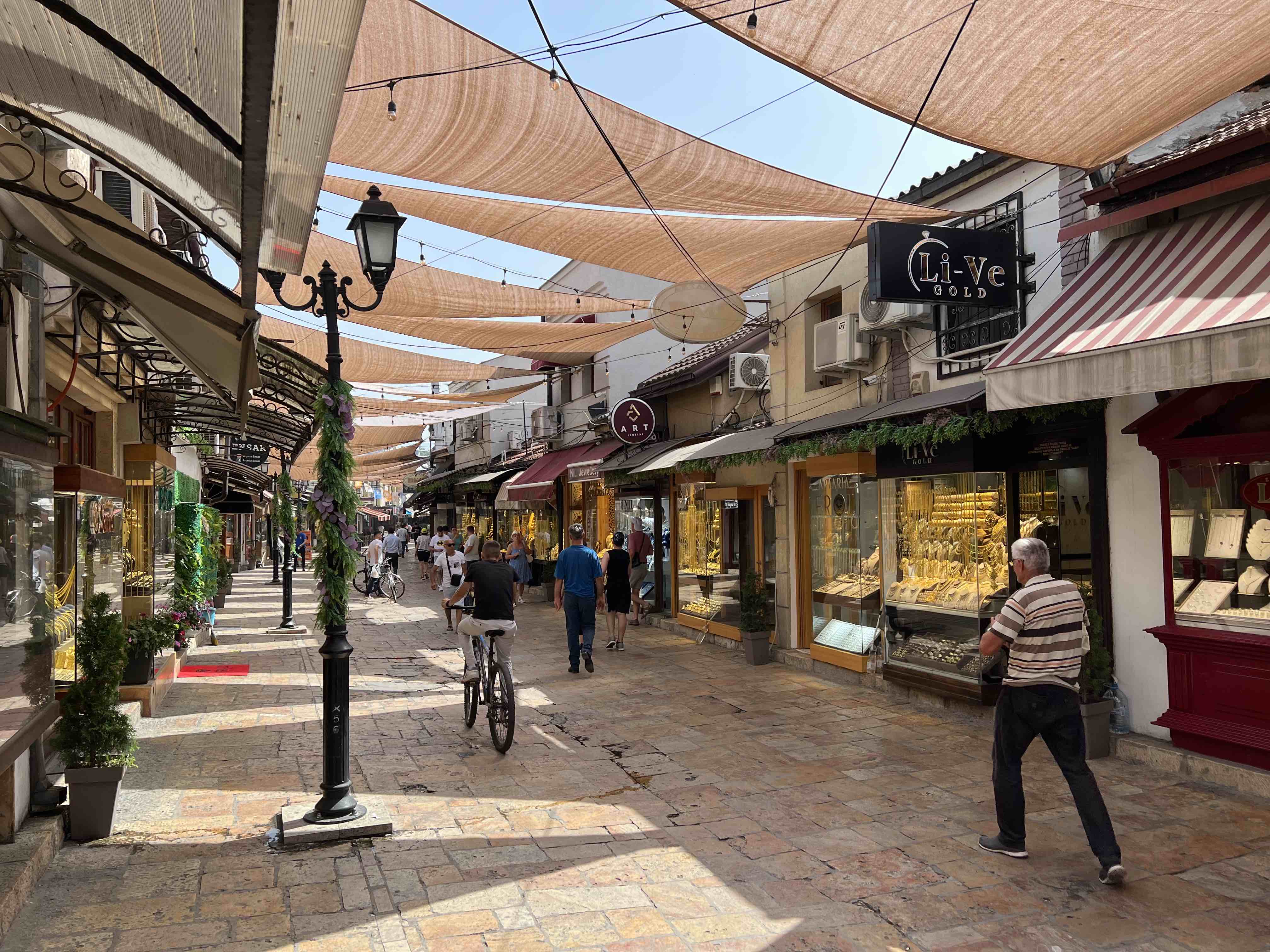
Popovi Wine Cellar Dark Horse Vranec Barrique 2021 I 89 points
Deep purple or crimson tending towards black, with a serious church window on the glass wall. Nose of sandalwood, curry, cinnamon and black pepper with blackberry and mulberry. Tasting it, big body, dense texture, round acidity, the palate still has a strong sense of raw oak, vanilla, wood shavings. Despite this underlying concentration, lovely forest fruits and acidity, I think this wine will have a nice long life, but it would be a shame to unravel it in the next 3-4 years. Better to save it for better times. 89/100 points now, but it has the potential to be 90-91 points.
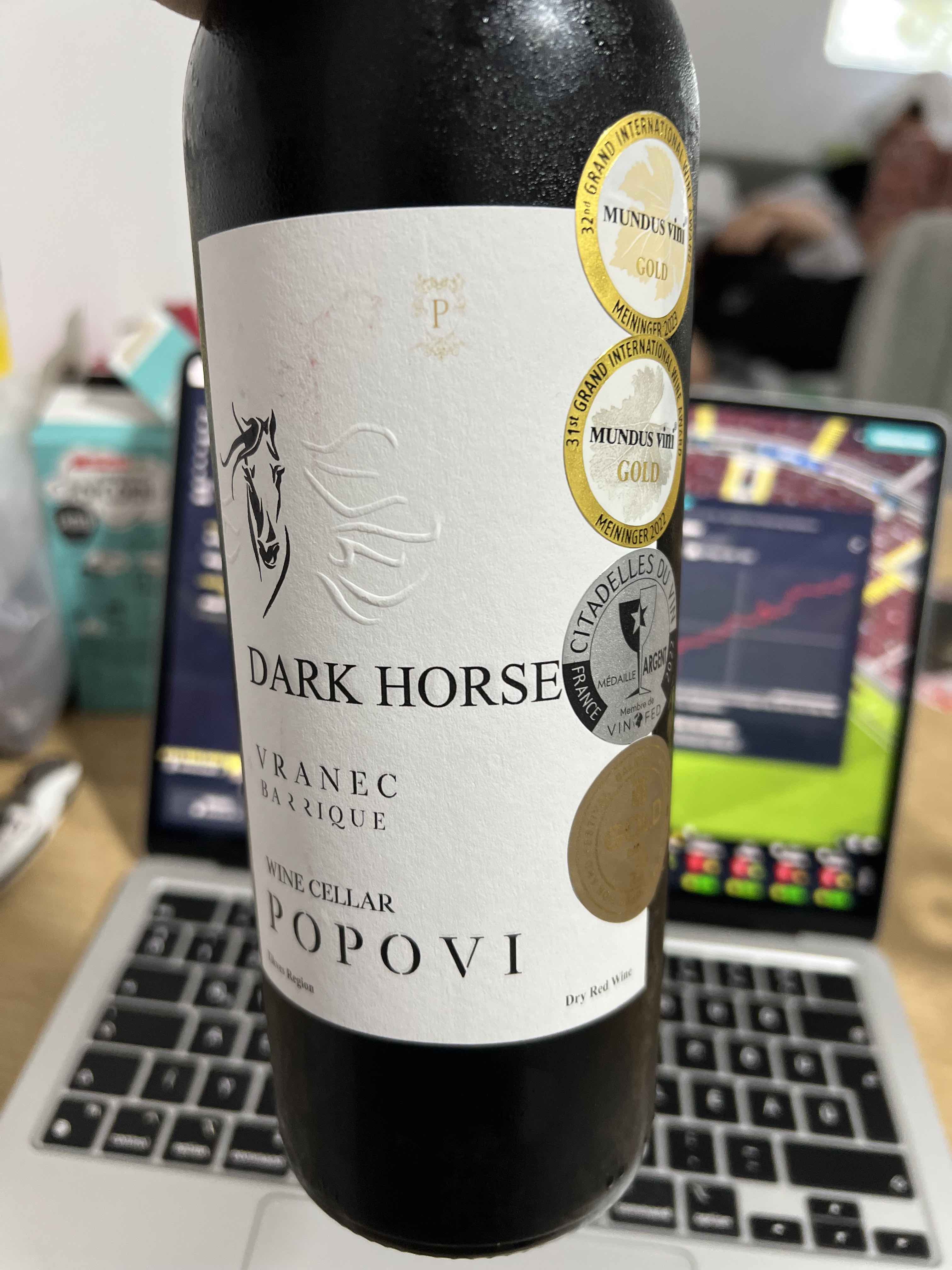
From Skopje it's only half an hour drive to Tetovo. The painted mosque of Tetovo is famous not only because, unusually in Islamic cultural history, it was founded in the 1400s by two ladies, but also because of its over-decorated exterior, no dome and one of the interior paintings depicting Mecca!
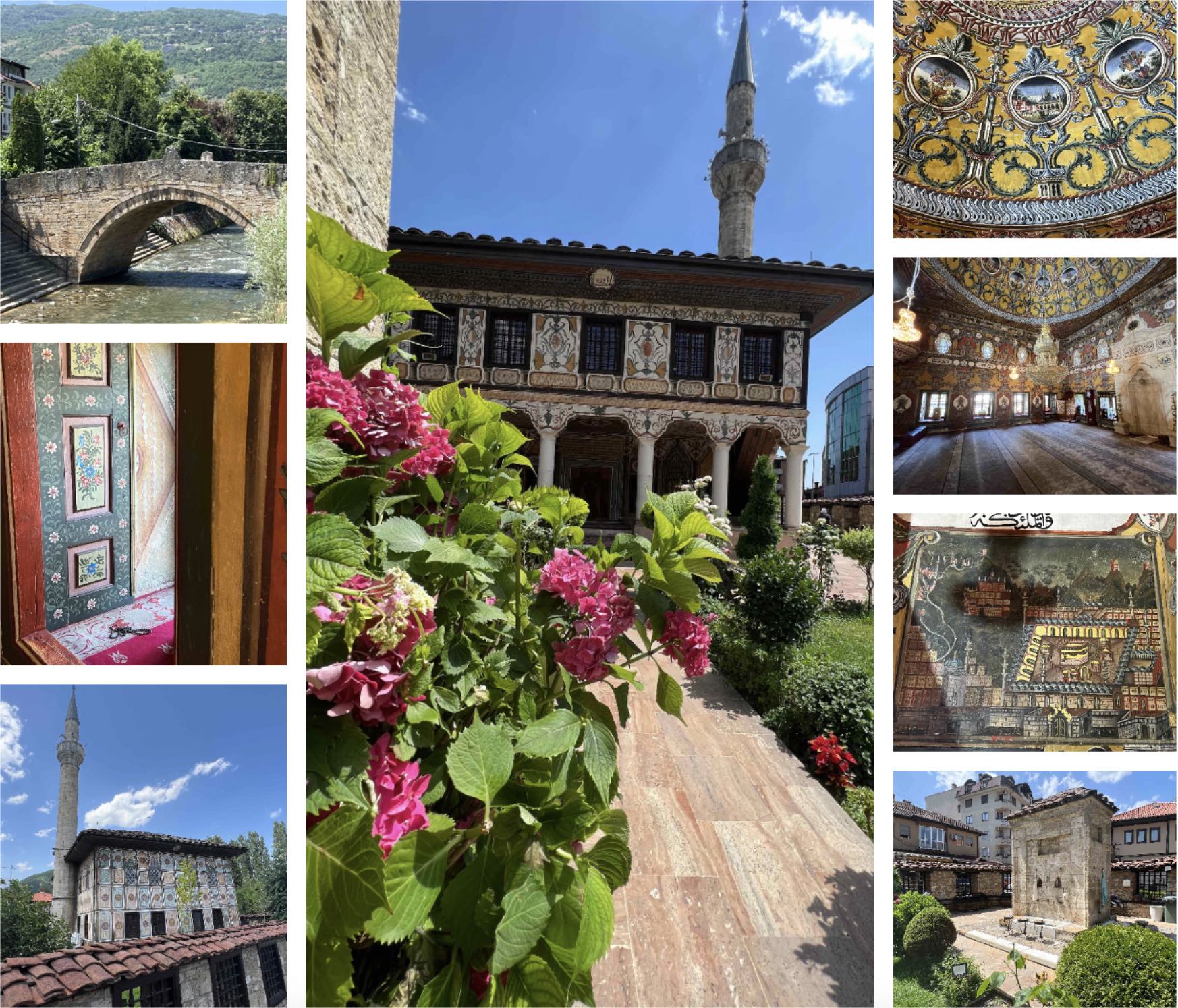
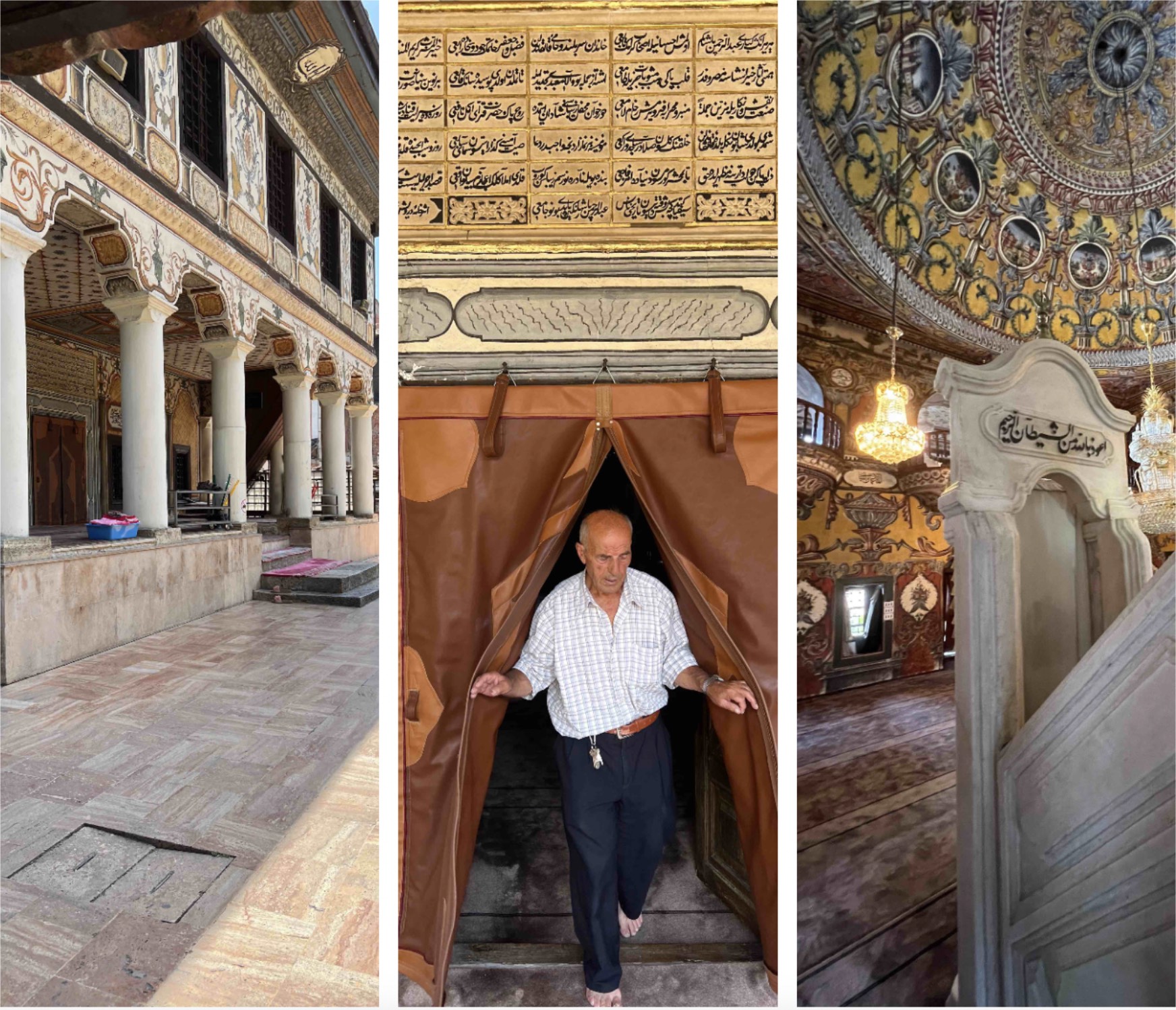
When it comes to northern Macedonia, Ohrid is a must, and although it's a 3-hour drive from the capital, along the Albanian border, it's well worth the detour. The beaches, the crystal clear waters, the super food and the 11th century frescoes of St Sophia Cathedral (Hagia Sophia, sound familiar?) play a big part in this.
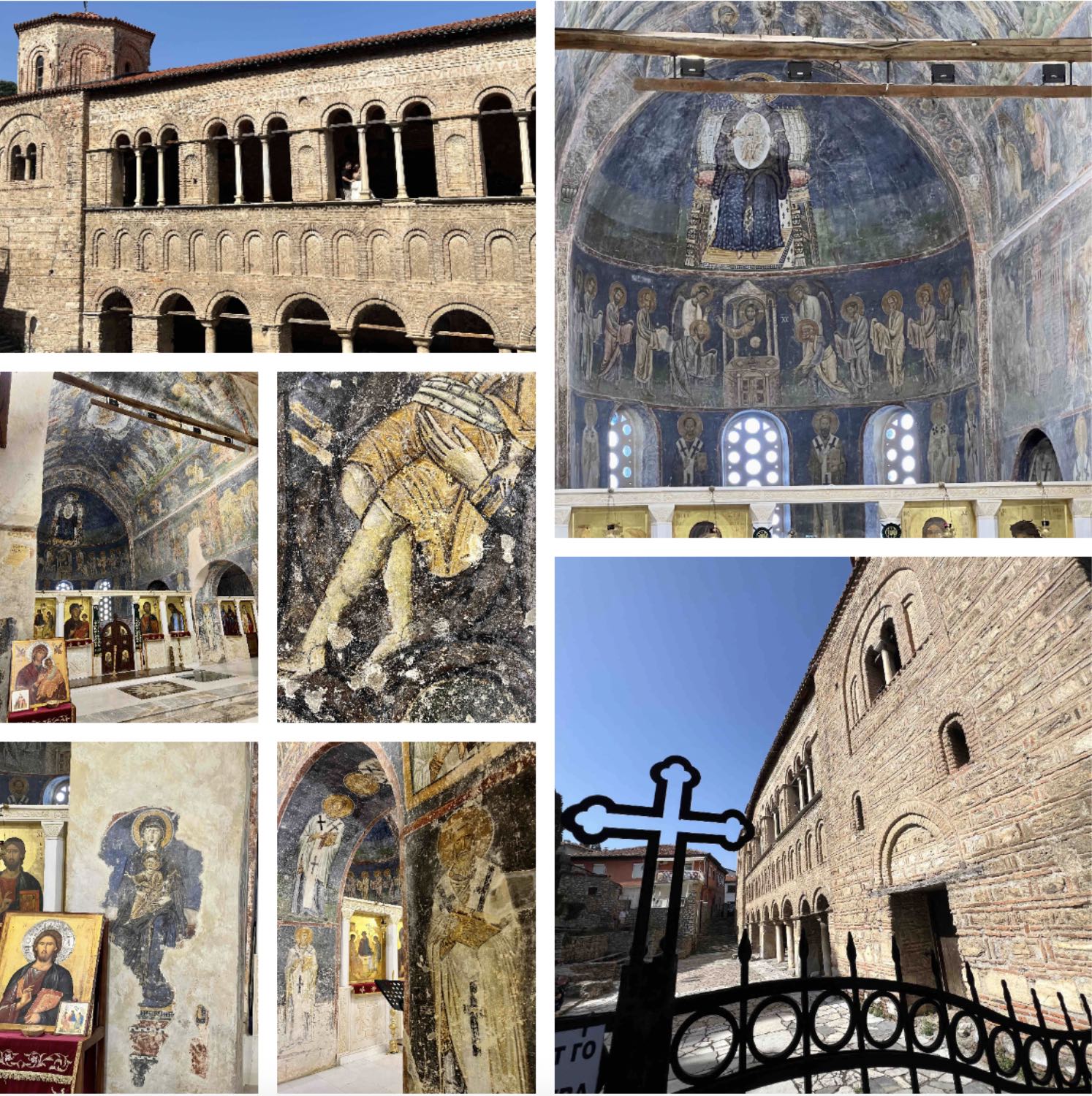
The town is full of churches built during the First Bulgarian Empire, decorated with Byzantine-style frescoes in keeping with the period. It is amazing to think that some of these paintings were done before the great schism (schism, 1054)! It is no coincidence that in the Middle Ages Ohrid was known as the Slavic Jerusalem. Today, the lake and its surroundings (including, since 2019, the Albanian side) are a UNESCO World Heritage Site.
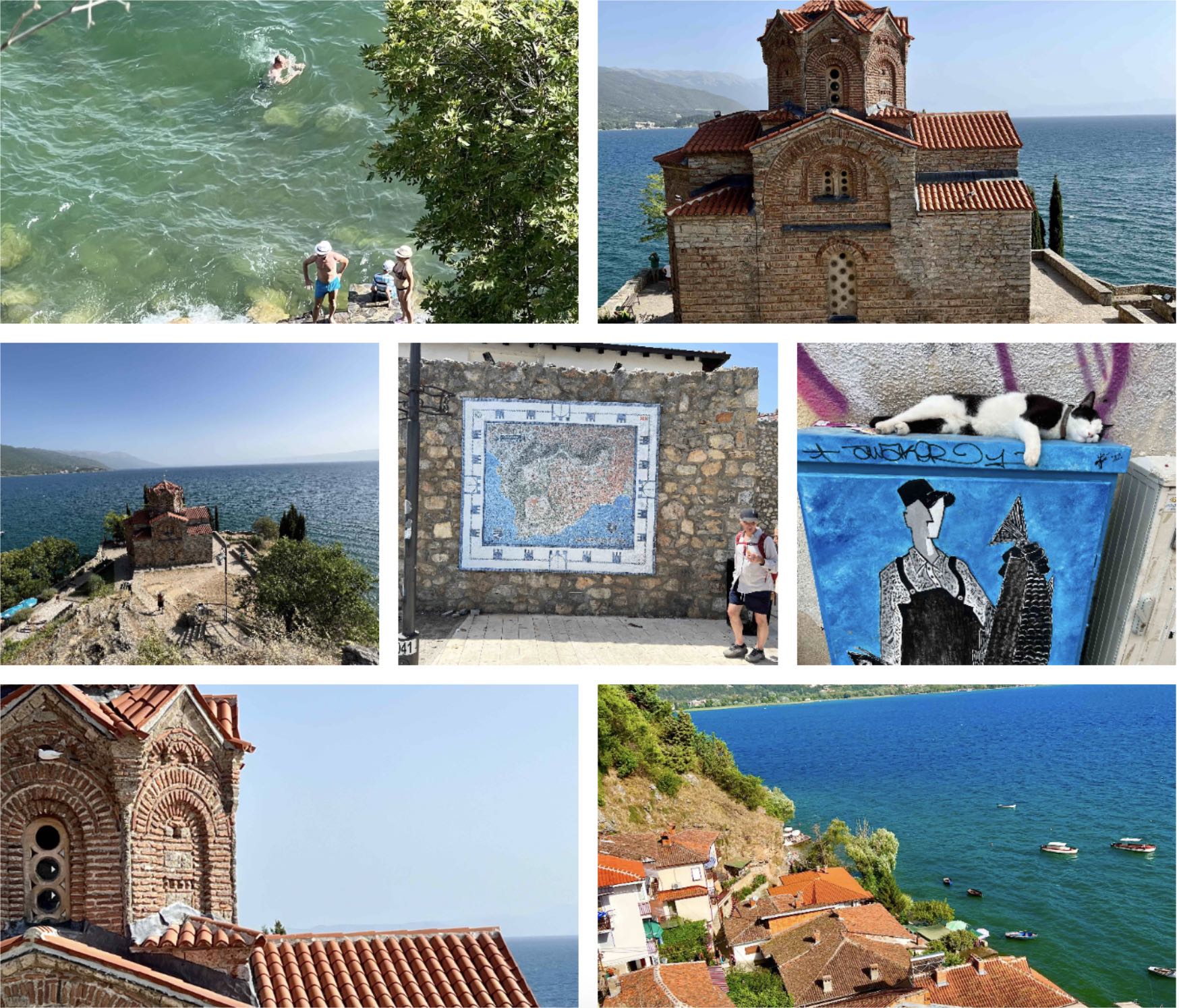
As small as Macedonia is, it is so rich in sights, with soaring mountain peaks and crystal clear lakes, mosques and early Christian monuments, Roman mosaics and wonderful wines, that I'm looking forward to coming back for more after the two-day blitz I just had!



